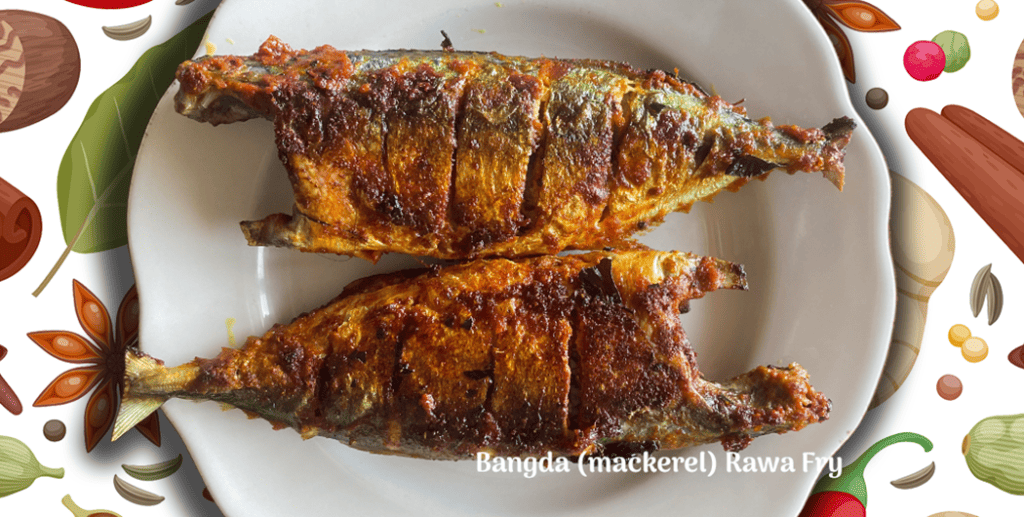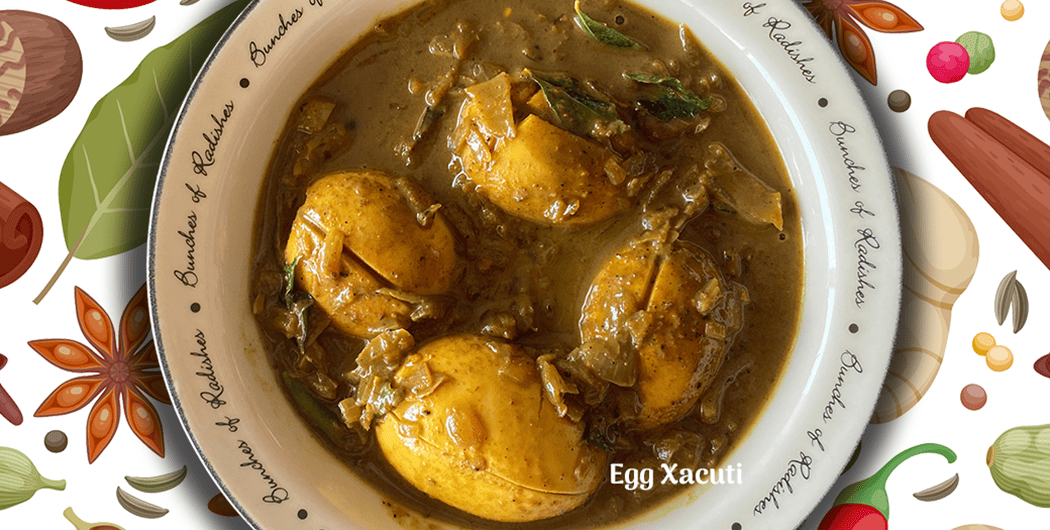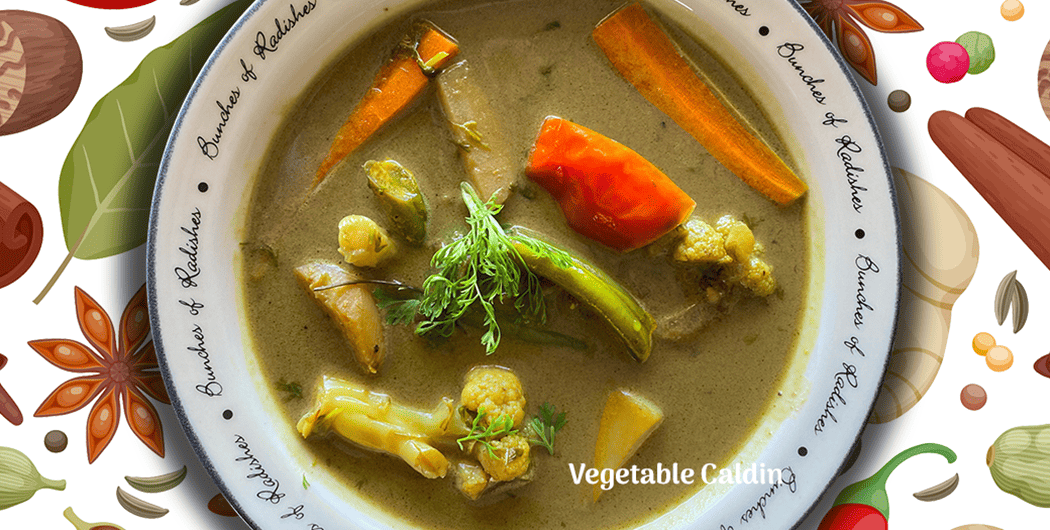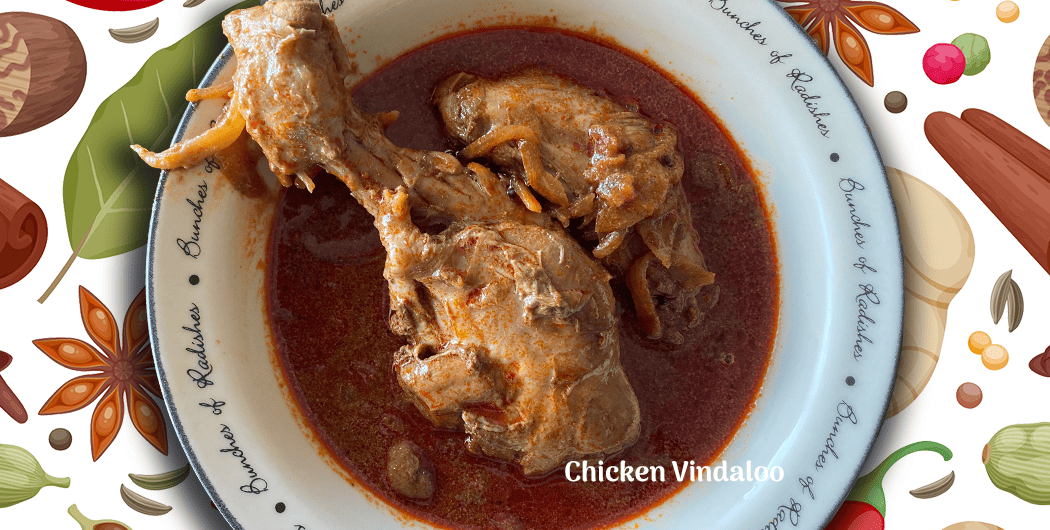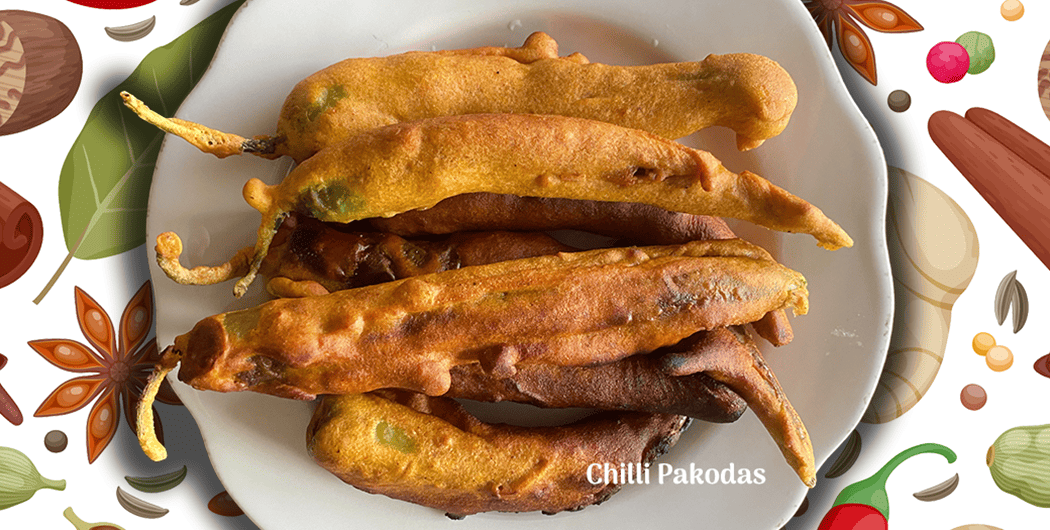Travel the entire length and breadth of the Konkan Coast, and you’ll find one overwhelmingly common way in which fish is fried––with rava (Semolina). Perhaps created as a clever method to avoid the fish from sticking to the pan, coating with rava has come to portray the default method for frying fish or any other seafood for that matter, in homes as well as in restaurants. Fish fry or prawns fry in this region, if not asked for otherwise, is rava fry. Though there are many ways to prepare the rava, from the elaborate like in Mangalorean cuisine to the utterly simple like in Goan cuisine, the principle remains the same as it adds a crust to the fish and gives it an extra crunch. In traditional Goan fries, the coating is very thin, and does not interfere much with the flavours where as in some others the rava coating is thicker and tends to alter the taste considerably.
The Women of Fatorda Green Recheado masala is the perfect compliment to oily fish like the Mackerel called Bangde in Konkani language, and is different from the more common red coloured Recheado in both taste and texture. And unlike the regular method of applying masala only on the outside of the fish before frying, this Goan recipe calls for stuffing the mackerel with the masala by creating slits on the sides as well. True to the meaning of the word Recheado in Portuguese which means stuffed, bigger fish like Sea Bass or Pearl Spot can also be stuffed and then fried. The following step by step illustrated method will lead you to a simple but delicious Mackerel the way it continues to be fried in Goan homes generation after generation. Like all our other masalas, this masala too does all the hard work, needing no added ingredients, and makes Goan food accessible, desirable and simple to make, allowing you to be not only an expert in Goan cooking without spending too much time in the kitchen but also a connoisseur of traditional Goan cuisine. Enjoy.
What you need –
- Mackerel: 2
- Lime juice: 1 tablespoon
- The Women of Fatorda Green Recheado masala.

Rupa Korgaonkar
The Mackerel Rawa Fry recipe is brought to you by Rupa Korgaonkar from the Hindu Community from the Border locality of Fatorda. She has been making Mackerel Recheado this way as long as she can remember.
Step 1 – Place the mackerels on a cutting board. Make sure that they are cleaned throughly inside. Pat them dry with a kitchen towel and remove all excess water.
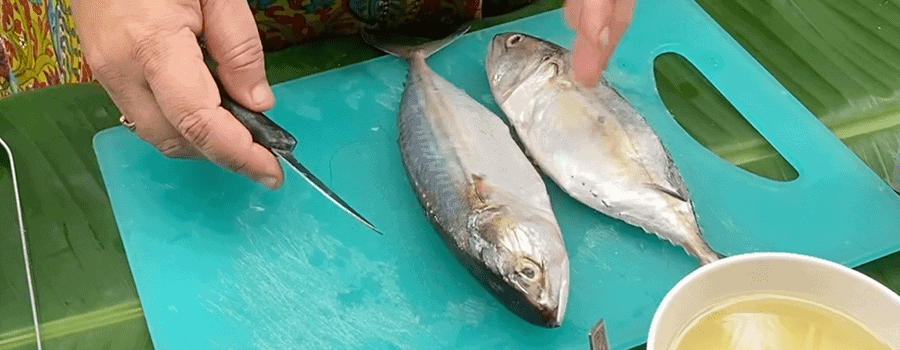
Step 2 – With a sharp knife, make two deep slits one on each side of the fish. Repeat with the other fish.
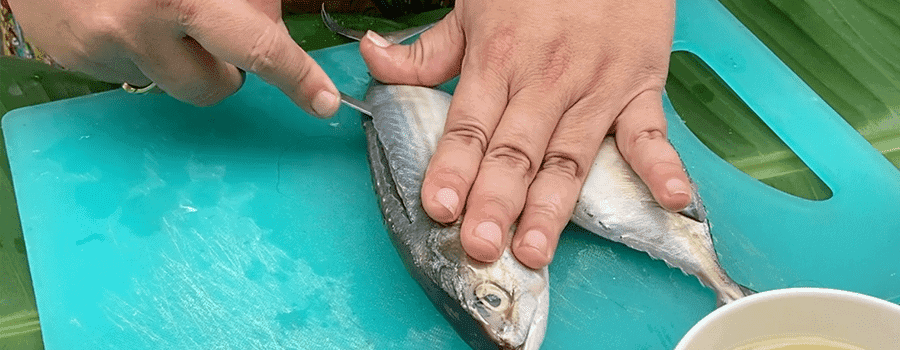
Step 3 – Season with salt, and then marinate with a spoon of lime juice coating the mackerels both inside and outside. Let them rest for 5-10 minutes.
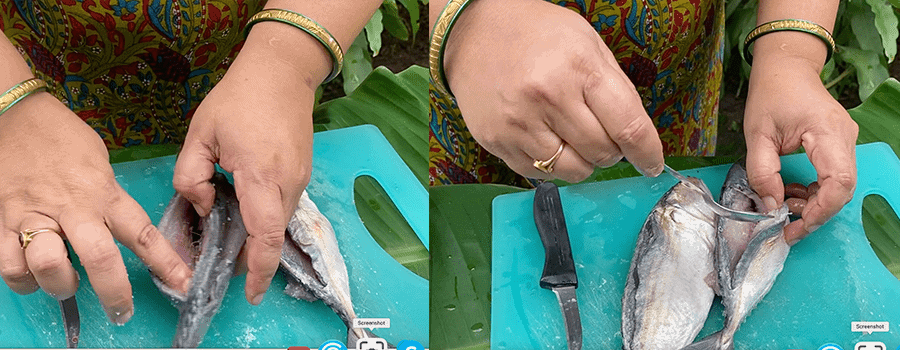
Step 4 – Take a generous tablespoon of The Women of Fatorda Green Recheado masala and stuff the mackerels thoroughly through the slits made in the fish.
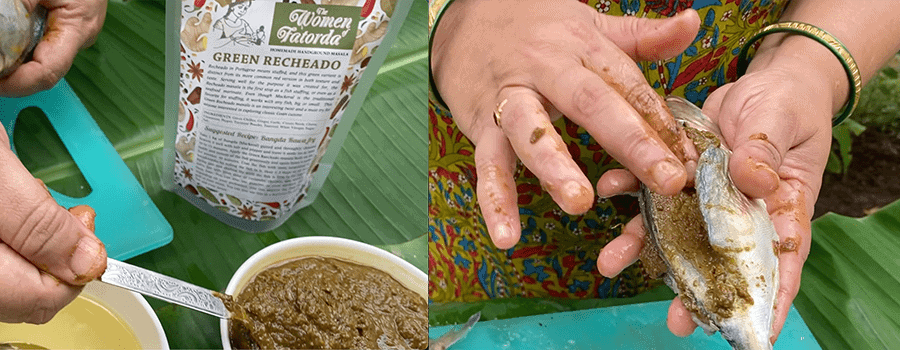
Step 5 – Make sure that the fish is adequately stuffed with the masala. Coat the masala on the outside also and leave it to rest for 2-5 minutes.
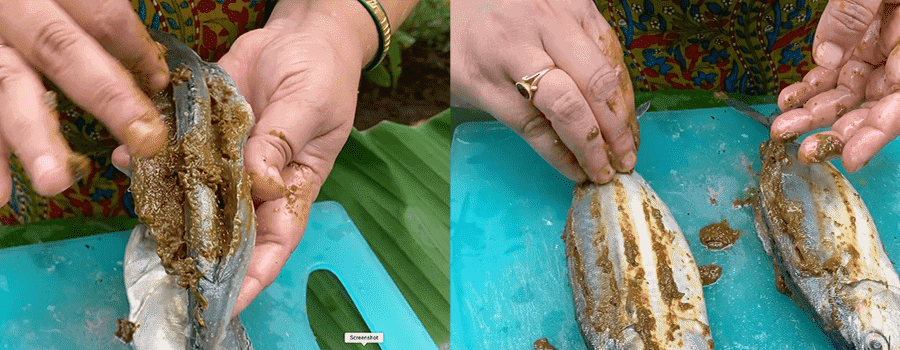
Step 6 – While the fish is left to absorb all that masala, heat a frying pan with 2 to 3 tablespoons of oil. Coconut oil is traditionally used, but any kind of refined oil will suffice. Then prepare a bed of Rava (semolina) on the side.
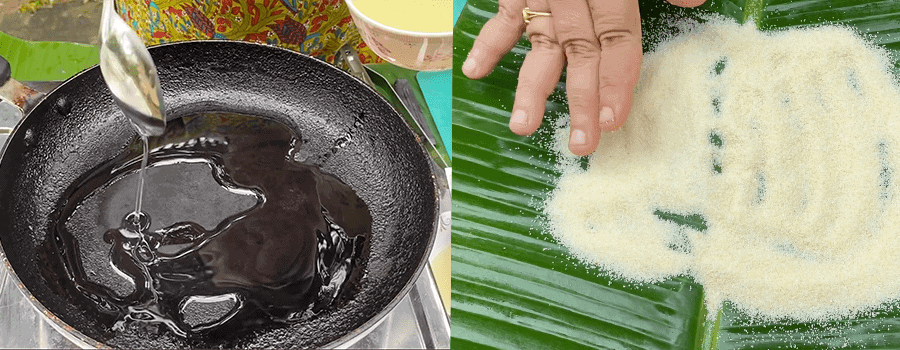
Step 7 – Roll each of the fish lightly in the rava on both sides so that they form a thin uniform coating.
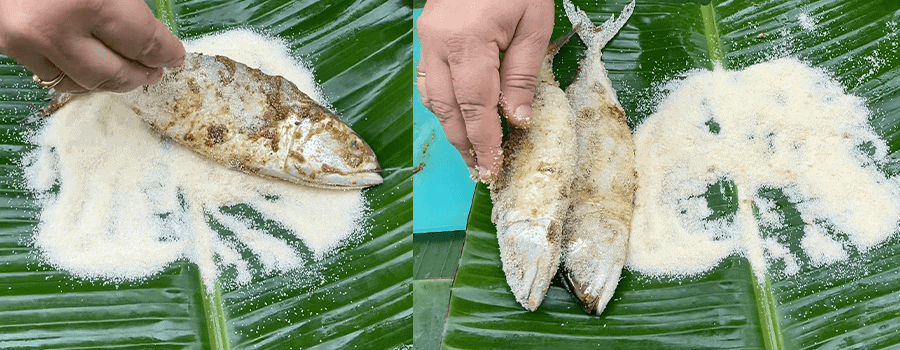
Step 8 – Place the fish carefully in the hot oil to shallow fry. Keep frying for about 8 to 10 minutes without moving them.
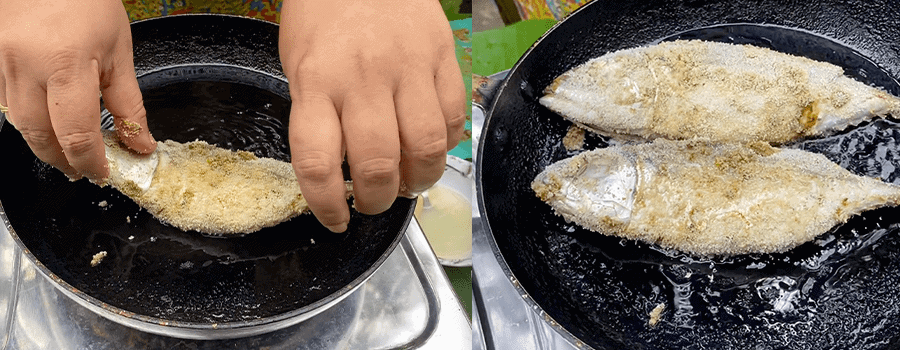
Step 9 – Flip to the other side and fry for another 10 minutes until both the sides turn golden brown.
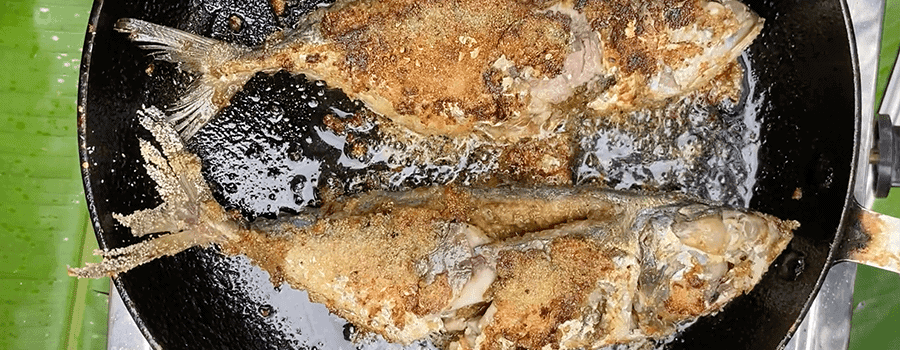
Step 10 – Remove from the pan and keep it aside for any excess oil to drain.
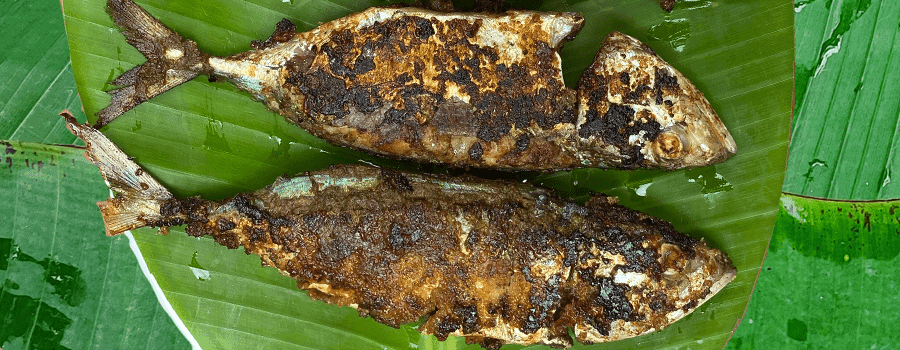
Step 11 – Serve with sliced onions, or with coriander or mint chutney.
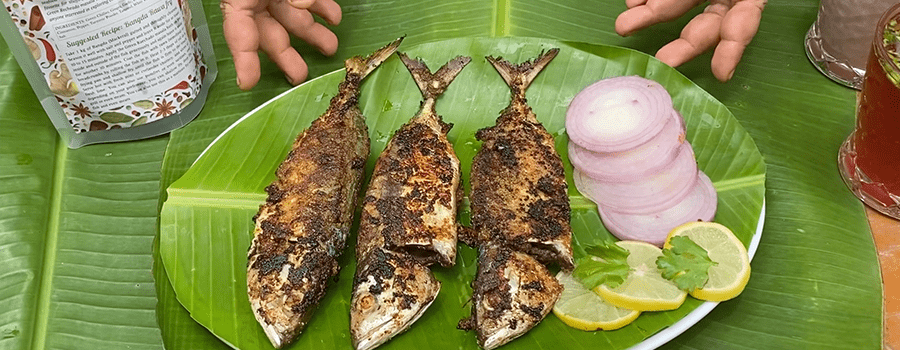
NOTE – Fish should always be shallow fried, and not deep fried, especially when stuffed with our masala. It is important that the masala does not get burned and only gets cooked. Instead of Mackerel, you can of course use big fish like Sea Bass or Pomfret, or any other big fish for stuffing. You can also use this masala as a marinade, apply them on fish slices or on prawns or crab or other shellfish. If you want to create curries with this masala you can do that too. We would urge you to experiment with the masala and create new tastes and textures. Your imagination is the only limit. Do let us know of your efforts at [email protected] or else you can upload your recipe here, and we’ll feature your recipe on our website.




